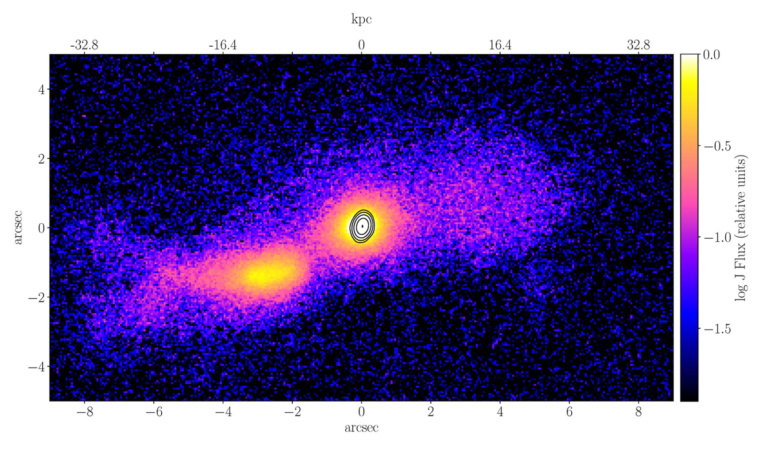
Image Credit: Courtesy Vaidehi Paliya
A team of Clemson University College of Science researchers, in collaboration with international colleagues, has reported the first definitive detection of a relativistic jet emerging from two colliding galaxies — in essence, the first photographic proof that merging galaxies can produce jets of charged particles that travel at nearly the speed of light.
Furthermore, scientists had previously discovered that these jets could be found in elliptical-shaped galaxies, which can be formed in the merging of two spiral galaxies...
Read More








Recent Comments